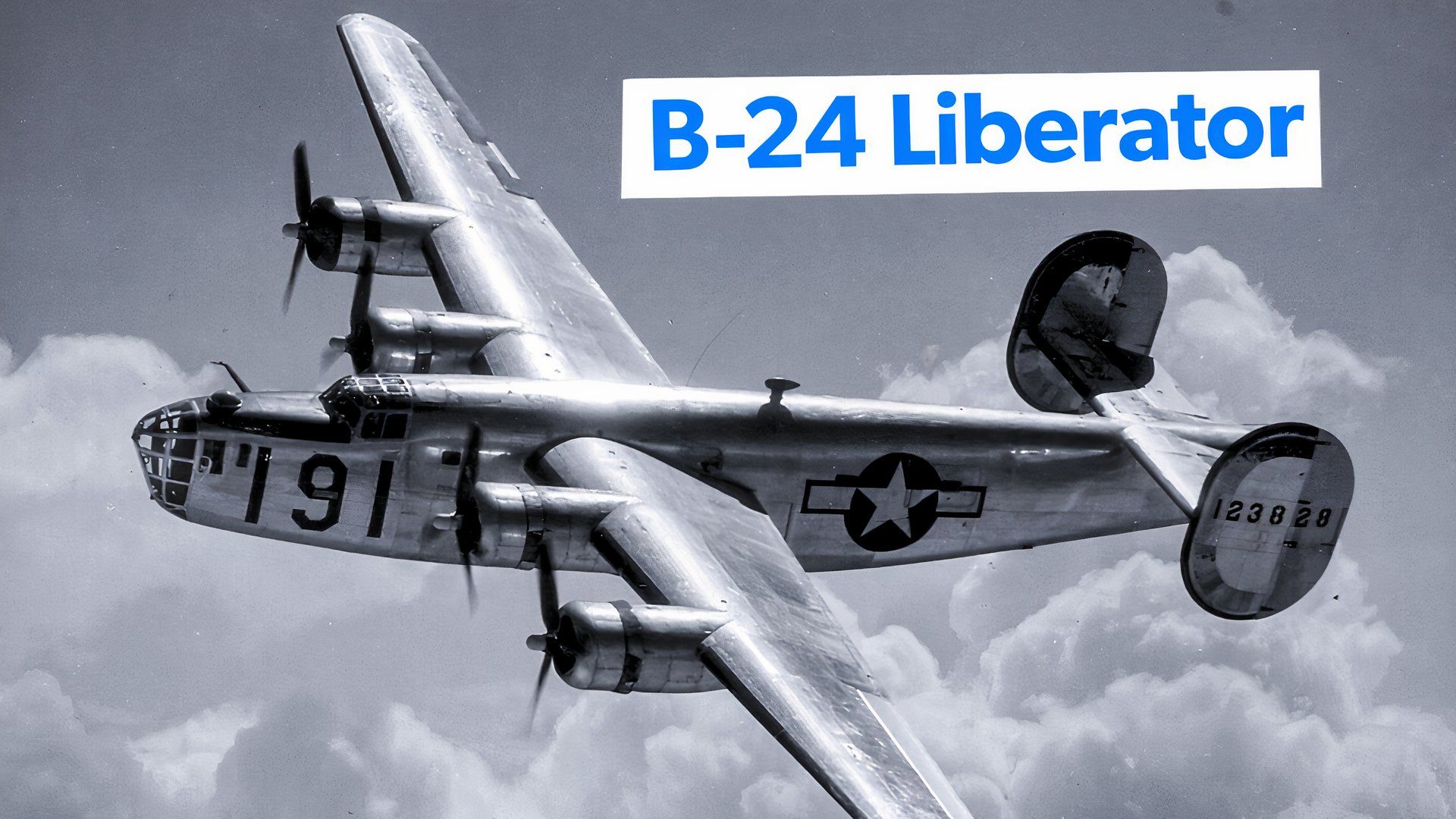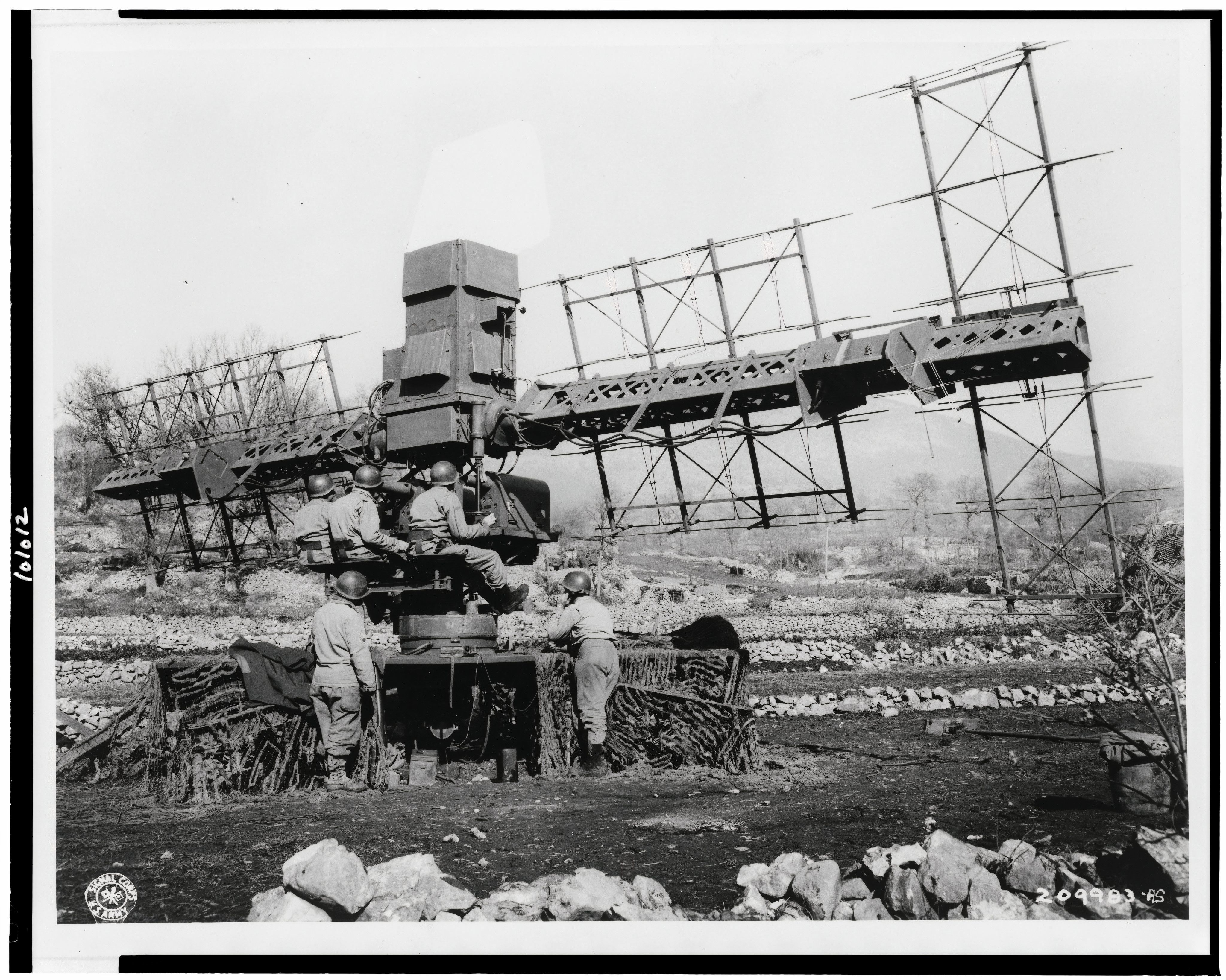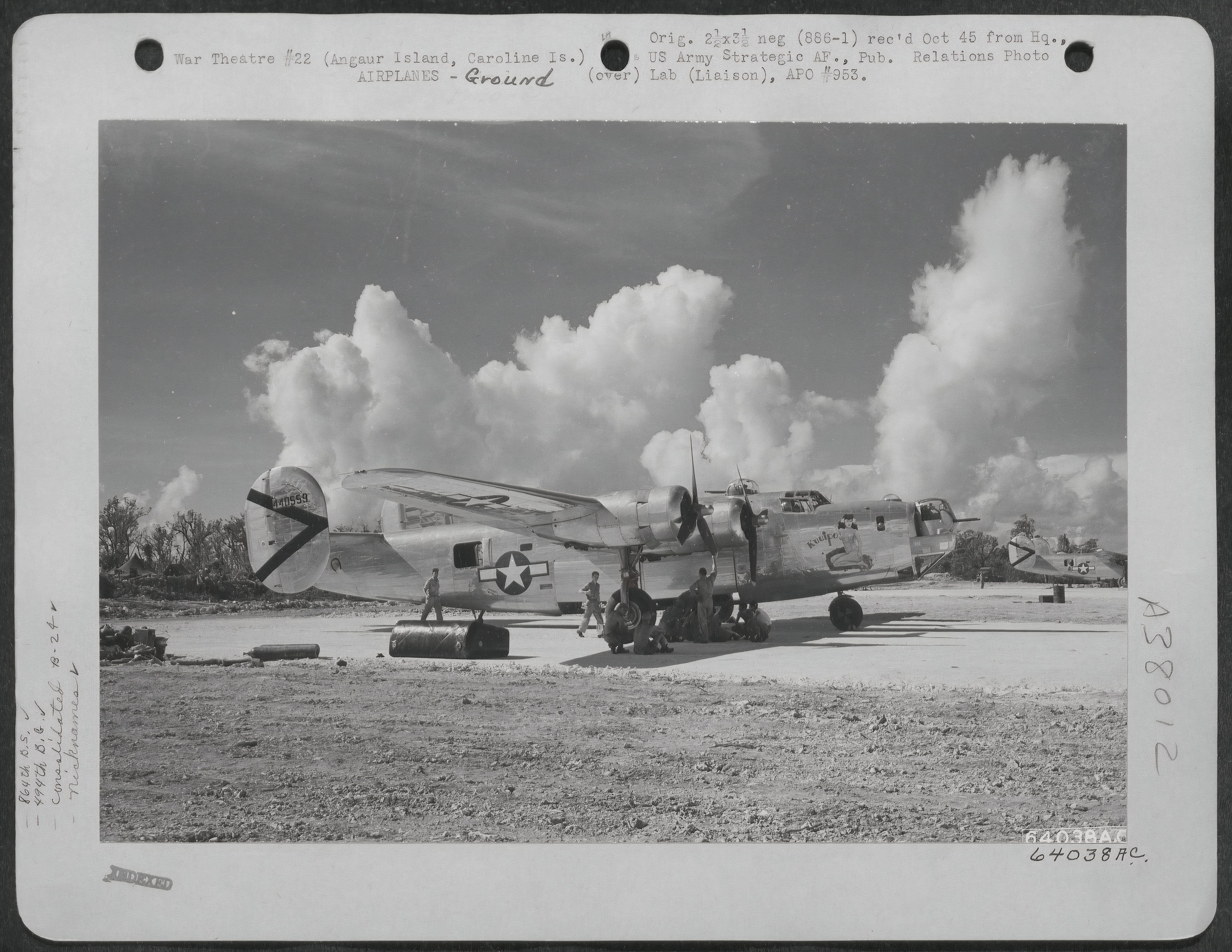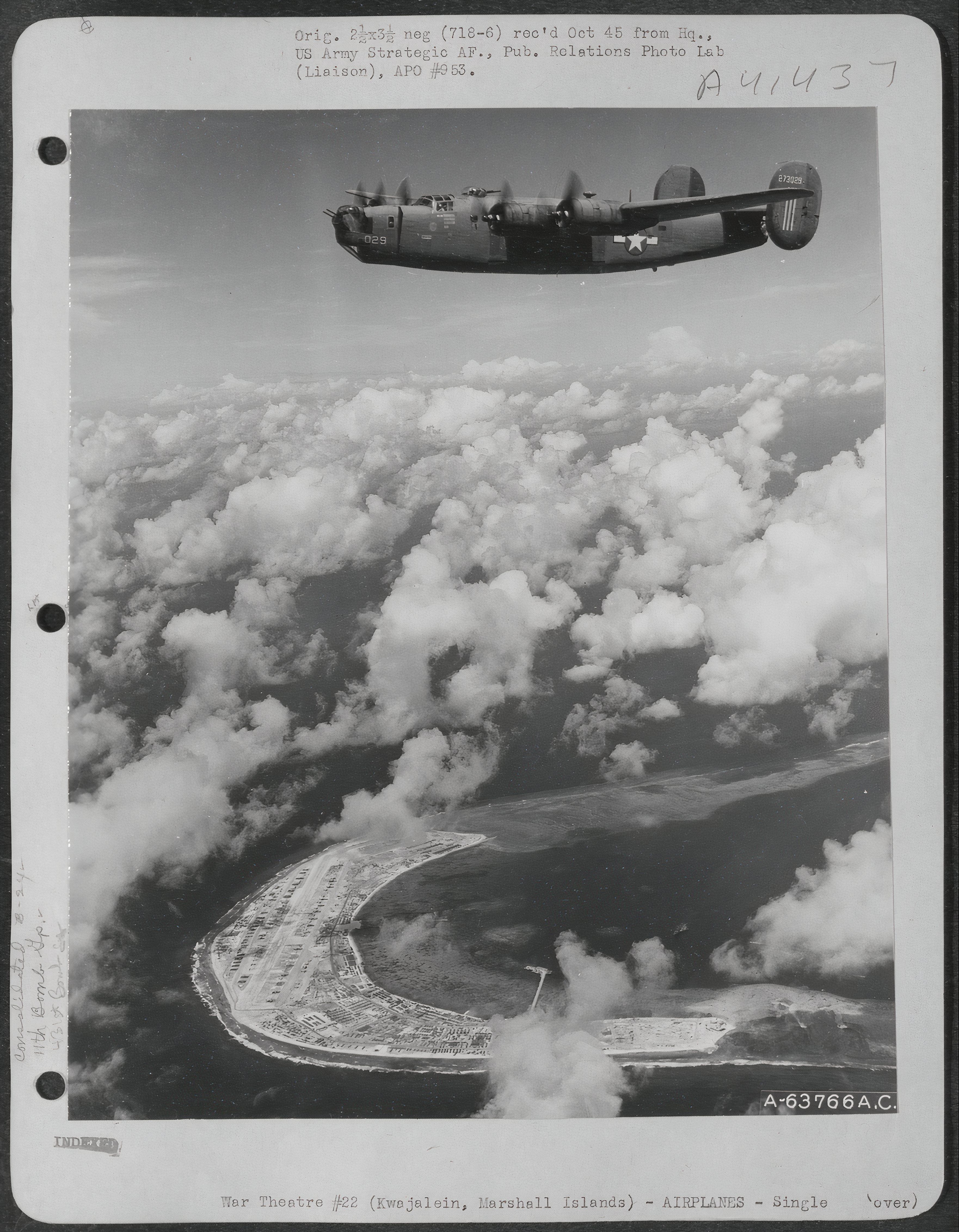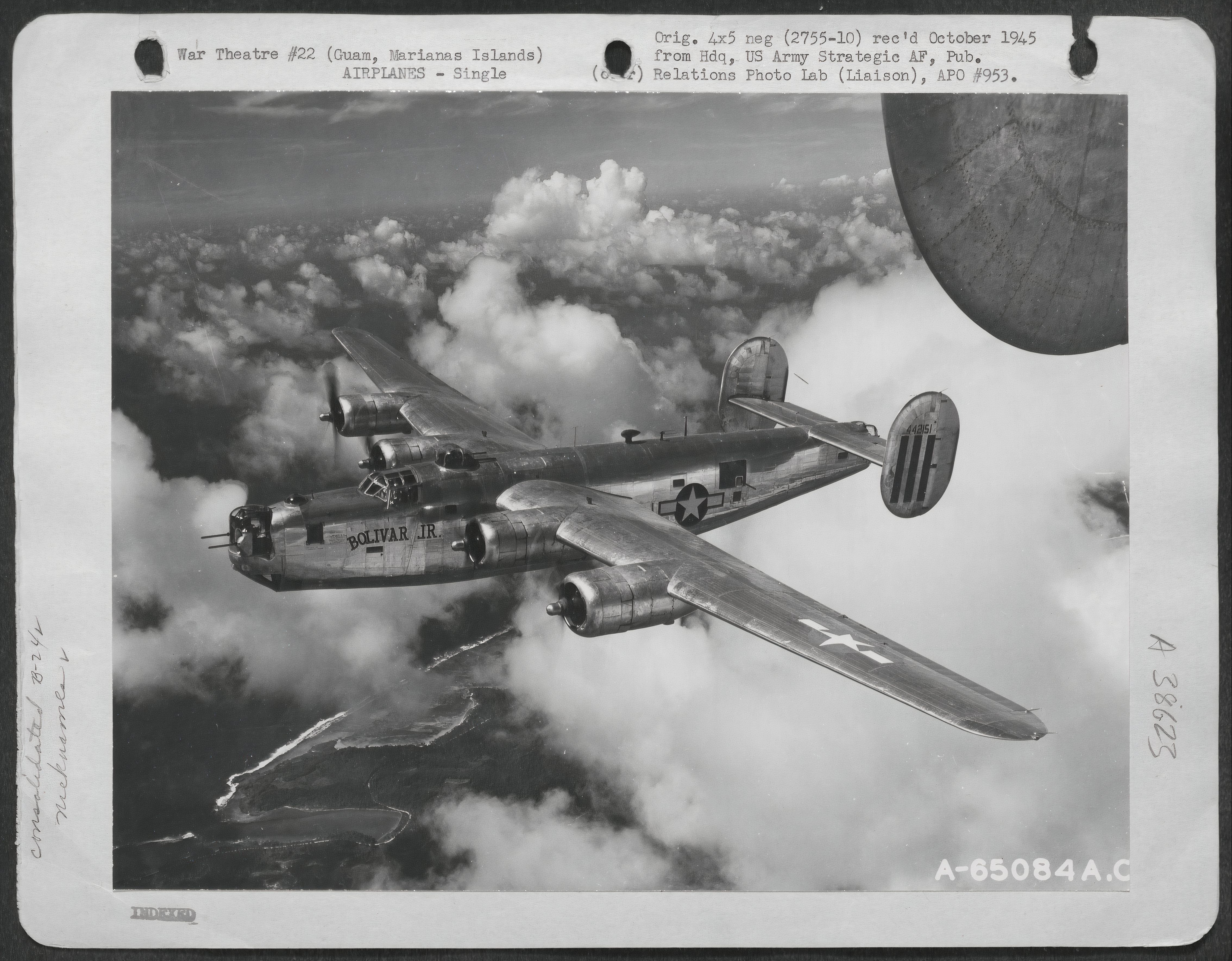Summary
- The SCR-717-B radar on the SB-24 Liberator enhanced night-attack missions with pinpoint accuracy using radio detection.
- The SB-24’s deployment in the Pacific led to the sinking of 119 ships and damage to 322 others, depleting Japanese vital supplies.
- The SB-24 Liberator’s innovative radar marked a crucial development in WWII bomber effectiveness and future airborne technology.
The Second World War provided the U.S. its allies with many new military innovations. One of which was the SCR-717-B airborne radar fitted aboard the SB-24 Liberator.
War and innovation
With every war or conflict, there is innovation and development in terms of doctrine, tactics and technology. This is of course the case with World War II. The discussion of innovation and advancement with regard to military technology during this war could fill volumes. This discussion would, of course, cover radar.
“…under the highly classified “Wright Project”, had equipped ten Consolidated B-24D Liberator’s with SCR-717-B airborne radar.”
While radar was not invented during World War II, it did see great advancement in terms of military applications. In fact, the term RADAR is an acronym created by the
US Navy
in 1940, and it stands for Radio Detection And Ranging.
By August, 1943, the U.S. Army Air Corps, under the highly classified “Wright Project”, had equipped ten Consolidated B-24D Liberator’s with SCR-717-B airborne radar.
Once the radar was installed, the B-24’s were given the new designation of SB-24. This revolutionary system required a two-man crew, one radio operator and a maintenance technician. According to The Ram magazine, the system itself consisted of:
“150 kWatt 10 cm radar that could pick out a heavy ship from 70 miles away or a surfaced submarine from 20 miles. Like a lot of other radio/radar equipment of its day, it consisted of a number of separate and heavy black boxes, the total weight of the complete unit was…773 lbs (350 kg)…and it drew a huge 100 amps from the aircraft’s 27.5 volt DC supply.”
In the hands of a capable operator, the SCR-717-B radar could be used to locate and position the SB-24 over an enemy ship during a night mission. Once in position, the onboard APQ-5 computer was engaged for the precision release of a string of 500-pound bombs.
The SCR-717-B radar and improved lethality
The key difference that the SCR-717-B made, was to provide the crews of the night-stalking aircraft with a new set of “eyes”. Now they could locate their targets with pinpoint accuracy and greatly improve their chances of doing critical damage to their targets, before they had a chance to respond with defensive weapons. Additionally, the night, once the friend of enemy military forces, would no longer provide sanctuary to the probing SB-24 crews, nicknamed “Snoopers” for their night-hunting role.
Standard B-24 Liberator Specifications
|
Technical Specifications |
Numerical Data |
|---|---|
|
Crew |
7 to 10 |
|
Length |
67.2 ft |
|
Width |
110 ft |
|
Height |
18 ft |
|
Empty Weight |
36,500 lb. |
|
Maximum Takeoff Weight |
51,809 lb. |
|
Maximum Speed |
65,001 mph |
|
Service Ceiling |
28,002 ft |
|
Operational Range |
2,001 miles |
|
Rate of Climb |
800 ft/min |
|
Standard defensive armament |
10 – Browning M2 .50 Caliber Machine guns (4) Turrets – twin gun (2) Waist gunners |
|
Powerplant |
4 x Pratt & Whitney R-1830-65 radial piston engines, which produced 1,200 horsepower. Each engine drove a three-bladed propellor. |
|
SB-24 Variant |
The ventral or belly turret was replaced with the SCR-717-B radar pod |
The SB-24 deploys to the Pacific
The ten SB-24 Liberator’s mentioned earlier, deployed from Langly Air Base in Hampton, Virginia to the South Pacific. The handpicked crews, totaling 100 officers and men, joined the 868th Bombardment Squadron of the Thirteenth Air Force, who were busy engaging the Japanese army and navy in and around the Solomon and Bismark Islands.
While night raids had been continuing apace since their arrival, a notable and devastating attack demonstrated the value of this new onboard radar technology. This attack occurred on the night of September 28-29, 1943.
Photo: National Archives
The U.S. Naval Intelligence Group notified ComAirSols (the Guadalcanal based command that coordinated and oversaw all air missions in the South Pacific during that time) that a Japanese resupply convoy would be making a run through a passage from Bougainville Island through New Georga Sound and then onto Guadalcanal. This convoy was comprised of a group of fast transports, escorted by six destroyers.
According to Historynet:
“Captain Franklin T.E. Reynolds and his crew took the lead in the SB-24 Coral Princess, found the targets, and determined the convoy’s position, course, and speed. Reynolds’ radar operator identified 11 ships and he selected the largest, a cargo vessel, for his attack. The system performed with perfection. Reynolds made a beam-on run at 1,000 feet altitude and 135 knots indicated air speed, and the computer toggled a string of six bombs spaced at 75-foot intervals. The bombs walked across the ship, delivering two direct hits and four near misses. Fires were soon raging out of control, with the flames visible for 20 miles.”
The deadly results of the SB-24’s attack missions
By the conclusion of World War II, the SB-24’s of the 868th Bombardment Squadron, Thirteenth Air Force accounted for the sinking of 119 ships, totaling more than 62,000 tons. Additionally, they damaged a further 322 ships.
“when we consider that the destroyed supply ships would have deprived the Japanese army of vital supplies, such as food, ammunition, spare parts and fuel…”
At first glance, the number of ships sunk does appear to be large, however, when we consider that the night-hunting SB-24’s went after many barges and transport ships, this number is more than feasible. Further, when we consider that the destroyed supply ships would have deprived the Japanese army of vital supplies, such as food, ammunition, spare parts and fuel, the mission of these aircraft performed a valuable task.
Photo: National Archives
The damaged vessels would also impose a burden on the Japanese navy and their military industrial base. Each ship taken out of line would have reduced the operational capabilities and effectiveness of their respective battle group or task force. Once taken in for repair, each ship would require precious materials, time and labor to repair.
The SB-24 Liberator, a great innovation and asset
When one thinks about bombers of the Second World War, the first thought for many would go directly to the
B-17
or the
B-29
. The B-24 Liberator seems to have a reduced focus, particularly the SB-24, as it filled a niche, and experimental role within the Army Air Corps.
Photo: National Archives
The SB-24’s performed remarkably well, as they stole the safety of the night from the Japanese navy. Additionally, the SB-24’s also pointed to the future of airborne radar with its ability to detect and engage enemy aircraft or naval vessels from beyond visual range. The SB-24 and its SCR-717-B radar were surely a harbinger of things to come.

